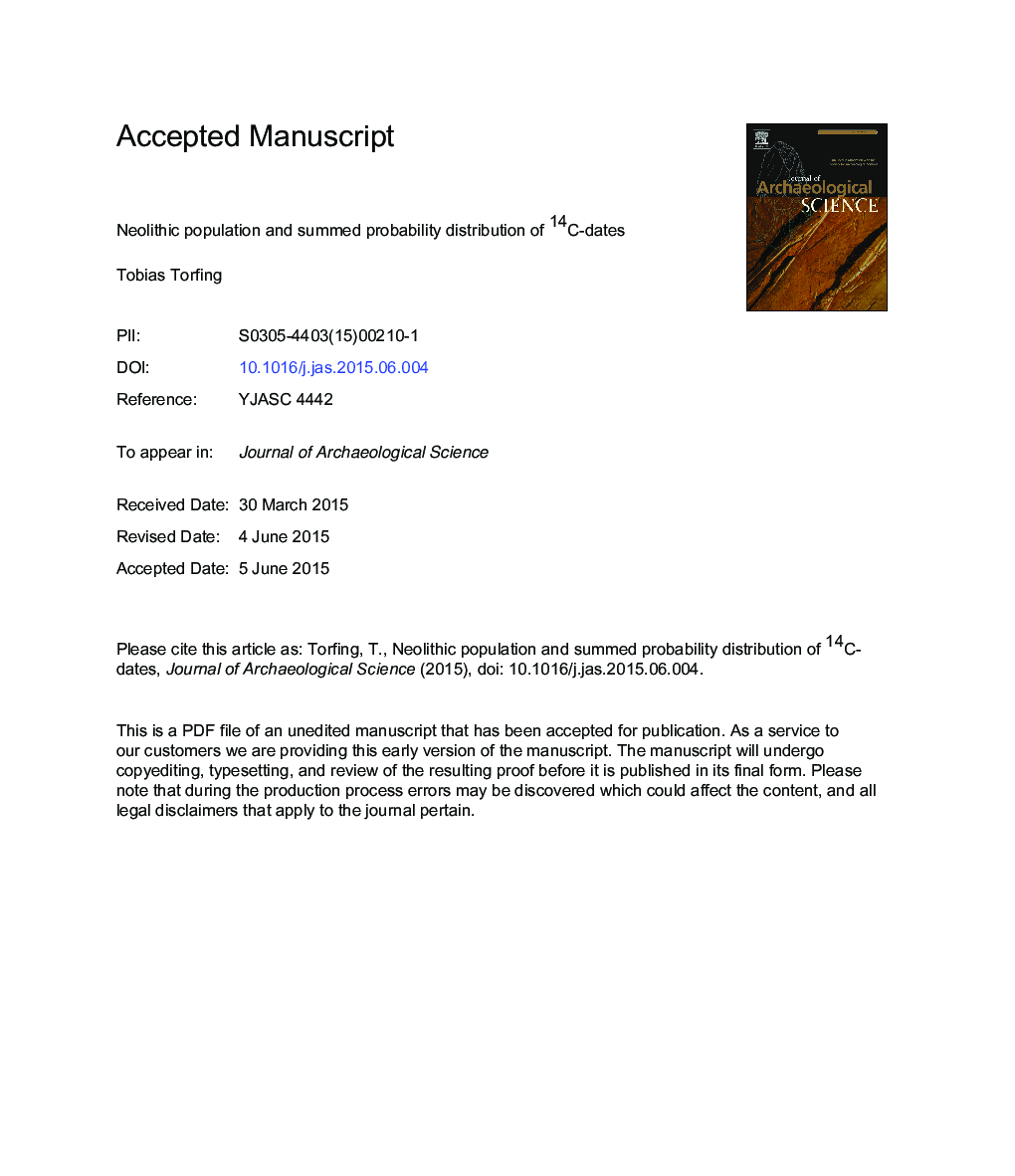| Article ID | Journal | Published Year | Pages | File Type |
|---|---|---|---|---|
| 7441679 | Journal of Archaeological Science | 2015 | 18 Pages |
Abstract
This paper assesses the use of radiocarbon dates as a population proxy during the north European Mesolithic-Neolithic transition. By addressing data from the Jutland peninsula, it is shown that the sum probability distributions are influenced by three human-inflicted biases. Two of these - changed ritual behaviour and changes of subsistence strategies - refer to past human activity, while the third consists of modern research strategies. The analysis questions the validity of sum probability distributions as a population proxy in a period where a society experiences a transformation process.
Related Topics
Physical Sciences and Engineering
Materials Science
Materials Science (General)
Authors
Tobias Torfing,
